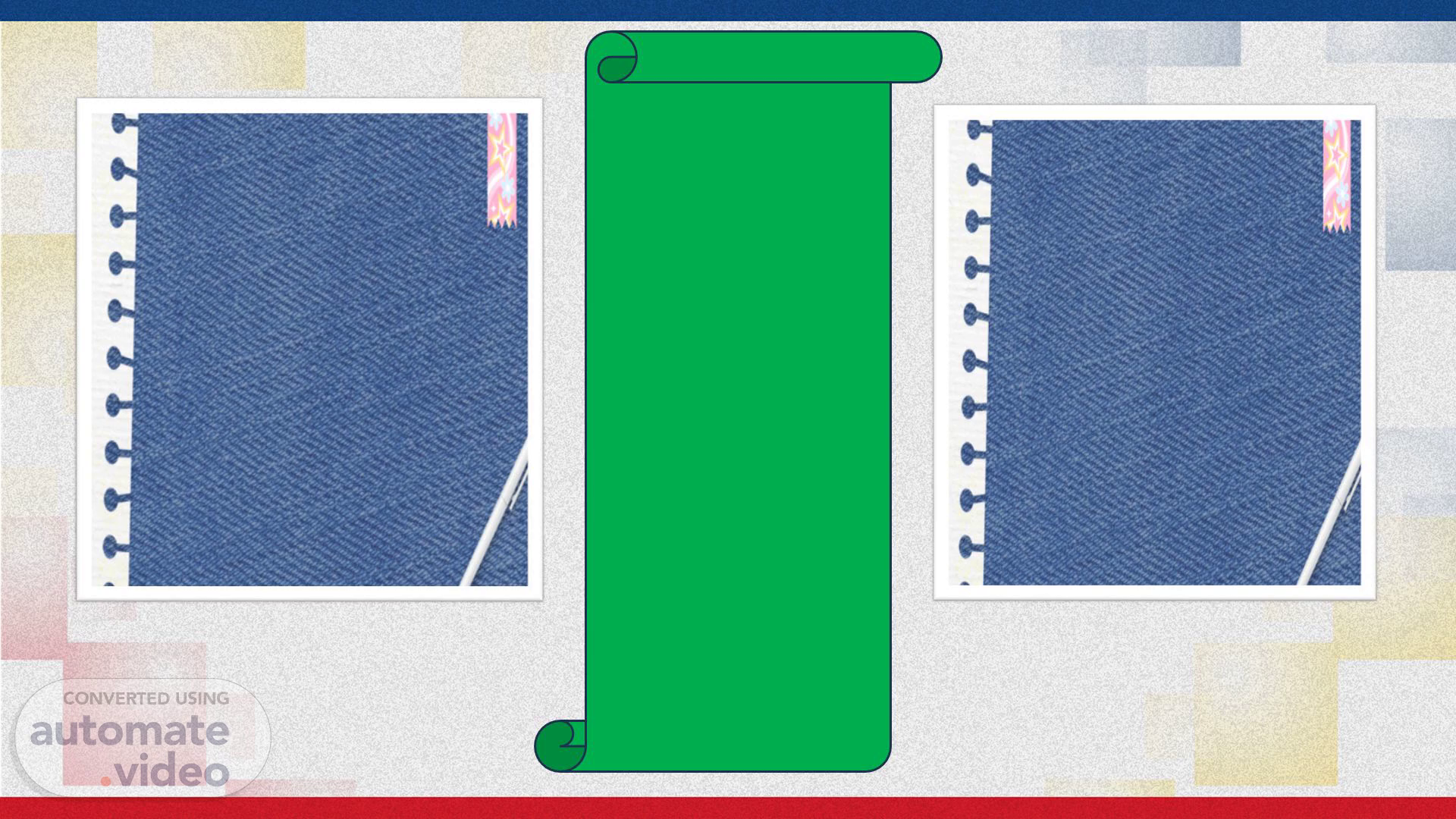
White and Beige Cute Illustrative Thesis Defense Presentation
Scene 1 (0s)
HAIDEE A. SANCHEZ. P R O P O N E N T S. CHONA T. OLID.
Scene 2 (21s)
[image] A group of students in a classroom AI generated content may be incorrect.
Scene 3 (39s)
FLIPPED LEARNING BOOKLET: Connecting Consumption Fundamentals to Real-World Challenges for Grade 9 Learners.
Scene 4 (58s)
CONTEXT AND RATIONALE Economics studies how people, organizations, governments, and society allocate fairly scarce resources to satisfy peoples’ needs and desires. (Mankiw, N.G. 2021) Consumption drives economic activity affecting demand, supply, and production..
Scene 5 (1m 28s)
earning Challenges Students often have a shallow understanding of consumption. They fail to connect consumption with broader economic outcomes like inflation, employment, or growth. (Hall & Taylor, 2006) The traditional teaching approach is often passive and fails to connect theory to real-life applications..
Scene 6 (1m 58s)
• REGION"" •. Nasusuri ang mga salik na nakaaapekto sa pagkonsumo 2. Naipamamalas ang talino sa pagkonsumo sa pamamagitan ng paggamit ngpamantayan sa pamimili.
Scene 7 (2m 27s)
BUNGA NATIONAL HIGH SCHOOL UNCA- TOLEDO CITY CEBU PAGKONSUMO FLIPPED LEARNING BOOKLET GRADE 9: EKONOMIKS.
Scene 8 (2m 59s)
Will the use of Flipped Learning Booklet in teaching Economics specifically in the fundamentals of consumption increase the performance of Grade 9 learners in Bunga National High School during the school year 2025-2026?.
Scene 9 (3m 18s)
DIAGNOSTIC TEST & PROFILING CRAFTING OF MATERIAL QUALITY ASSURANCE OF MATERIAL.
Scene 10 (3m 47s)
[image]. IMPLEMENTATION PHASE. [image] A person standing in front of a chalkboard in a classroom AI generated content may be incorrect.
Scene 11 (4m 18s)
POST-IMPLEMENTATION PHASE. [image]. Administration of POST-TEST.
Scene 12 (4m 30s)
Research Design. Research Participants. Data Gathering Procedure.
Scene 13 (5m 28s)
Results and Discussion. Learner’s Performance about “Salik na Nakaaapekto Pagkonsumo at Pamantayan sa Matalinong Pamimili “ During the Pretest.
Scene 14 (6m 2s)
Results and Discussion. Learner’s Performance about “Salik na Nakaaapekto Pagkonsumo at Pamantayan sa Matalinong Pamimili “ During the Pretest.
Scene 15 (6m 22s)
Results and Discussion. Learner’s Performance about_Salik na Nakaaapekto Pagkonsumo at Pamantayan sa matalinong pamimili during the Post-Test.
Scene 16 (6m 45s)
Results and Discussion. Learner’s Performance about_Salik na Nakaaapekto Pagkonsumo at Pamantayan sa matalinong pamimili during the Post-Test.
Scene 17 (7m 2s)
Results and Discussion. Comparative Analysis of the Learners’ Performance Before and After the Innovation.
Scene 18 (8m 16s)
[image]. Implementing the Flipped Learning Booklet marks an important move toward promoting contextualized, student-centered, and value-driven learning.
Scene 19 (8m 44s)
[image]. Before Implementation: Mixed feelings of anticipation and uncertainty. Excited to explore Flipped Learning via self-designed booklet..
Scene 20 (9m 13s)
[image]. The teacher becomes a guide and mentor, not just a lecturer. Encourages participation, critical thinking, and collaboration. Supports 21st-century skills — communication, creativity, and self-direction..
Scene 21 (10m 1s)
[image]. During Implementation: Initial uncertainties gradually turned into confidence and fulfillment..
Scene 22 (10m 50s)
[image] - •47-4.. The Flipped Learning Booklet is more than a tool. It is a step toward better learning. It helps students become financially literate, responsible, and prepared for real-life decisions. Education should always be engaging, relevant, and transformative..
Scene 23 (11m 11s)
[image] 's-c..s. After Implementation: Deep sense of accomplishment and professional growth. Reinforced the importance of continuous adaptation and innovative teaching strategies..
Scene 24 (11m 32s)
References. Mankiw, N. G. (2021). Principles ofEconomics (9th d). Cengage Learning. kligman, P. (2018). "The Importance ofEconomic Policy" in The New York Times. Hall R. E., & Taylor, J. B. (2006). Macroeconomics (5th ed.). Pearson. Deaton: A., & J. (1980). Economics and Consumer Behavior. Cambridge University Press. Gaughan: M. (2014). Flipping the Classroom in the Economics Classroom. Journal ofEconomic Education: 45(1):72-83. Bergmann: J., & Sams, A. (2012). Flip your classroom: Reach even student in evepy class evoy day, Intemational Society for Technology in Educatiotl.
Scene 25 (12m 23s)
“Our consumption fuels our future. Understanding its impact is no longer optional; it’s essential for survival.” — Anonymous.